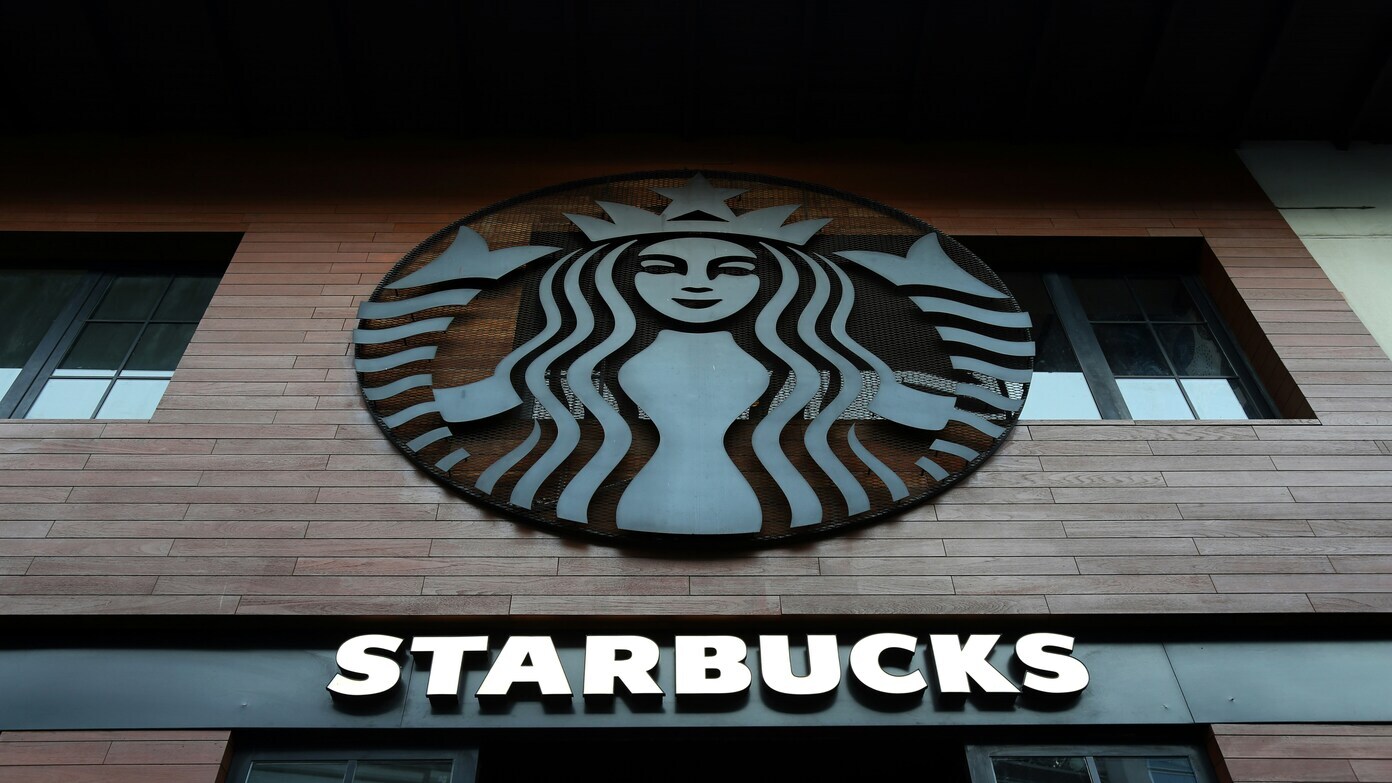A new wave of store closings
Starbucks is the top-selling coffee chain globally, with thousands of stores in America. Recently, though, the company has been closing stores in cities nationwide, including New York City. So far, more than 400 Starbucks stores have closed in the nation. Now, New Yorkers are starting to feel it as a few stores in the five boroughs will be closing.
The move is part of a larger corporate effort called “Back to Starbucks,” announced by the company’s new CEO, Brian Niccol. Niccol, who was previously Chipotle’s CEO, took over as Starbucks’ CEO in September 2024. His approach focuses on revitalizing businesses, simplifying operations, and cutting costs in underperforming segments.
Why is Starbucks closing stores?
Their key aim is to help Starbucks improve its company. While the coffee business continues to be popular, not all of its stores are equally successful. A few of them get less foot traffic, have higher costs, or have operational problems that make it challenging to conduct business from them effectively.
By shutting some of its stores, Starbucks can focus more on the performing stores. The company argues that this will allow it to improve customer service, cut order times, and invest more in its mobile app, rewards program, and drive-thru business.
Another part of the plan is to shut down some “Pick Up” stores, which were constructed primarily for mobile orders. Starbucks just announced that it would shutter 80 to 90 such pickup-only stores across more than 20 states.
How many stores will stay open?
Even with these store closures, Starbucks will have thousands of locations across the U.S. According to the company’s most recent financial report, it projects ending the month of September 2025 with around 18,300 coffee stores. That’s down slightly from 18,734 earlier this year, but still makes Starbucks one of the country’s biggest coffee chains.
This suggests that while the company is indeed closing stores, it is not really contracting as a firm. Instead, it is trying to be more selective about where it has stores and how they operate.
Read this later: Albertson’s is recalling deli products from the market due to possible listeria contamination in Colorado – These are the affected brands and batches.
Where in New York are closures taking place?
While Starbucks has not made an official statement about which stores to close, news outlets, staff, and local reports have been tracking the changes. Stores in all five boroughs of New York City—Manhattan, Brooklyn, Queens, the Bronx, and Staten Island—are expected to see closures.
Some of these locations are in affluent areas where business costs are very high. Others are in areas where there are multiple Starbucks locations within walking distance of each other. Merging the locations, the company wants to reduce costs without diminishing coverage in the area.
As an example, already there have been some closures reported in congested Manhattan areas like Midtown and the Financial District. Brooklyn and Queens will also lose some stores, but not all the news has been released yet.
What does this mean for customers?
For regular customers, the closures can mean a favorite Starbucks store is no longer open. However, with all the other stores remaining open, chances are a local Starbucks is only a walk or bus ride away.
The company anticipates that the stores it leaves open will provide improved service, reduced lines, and an improved overall experience. Starbucks has also forecast that it will continue to expand in the coming years, but more modestly, focusing on stores meant for coffee purchasing today, such as drive-thru and mobile order stores.
Read this later: Starbucks closes several stores in the Los Angeles area – These are the 20 locations that will soon be closing in the Californian city.
The bigger picture
Starbucks is not singular in doing this. The majority of big restaurant and retail chains have been re-evaluating their businesses due to rising costs, consumer trend reversals, and competition from smaller corporations. For Starbucks, the closing is one in a plan that will help it stay strong and competitive in the long term.
While it’s upsetting to some customers to see their hometown Starbucks close down, the company insists it’s necessary to keep going on and make the brand successful in the future.

